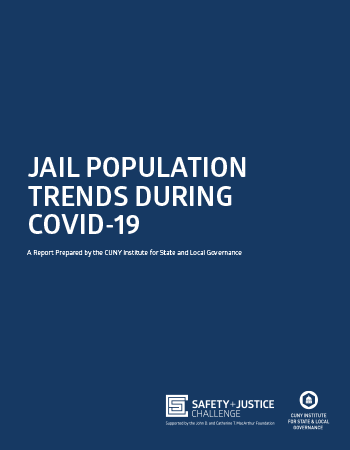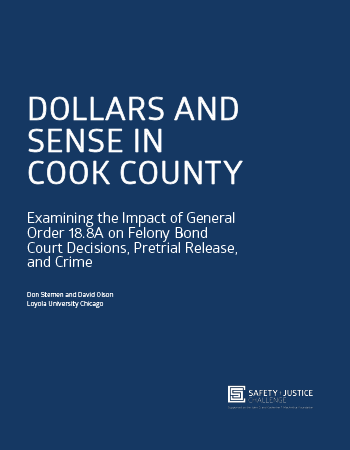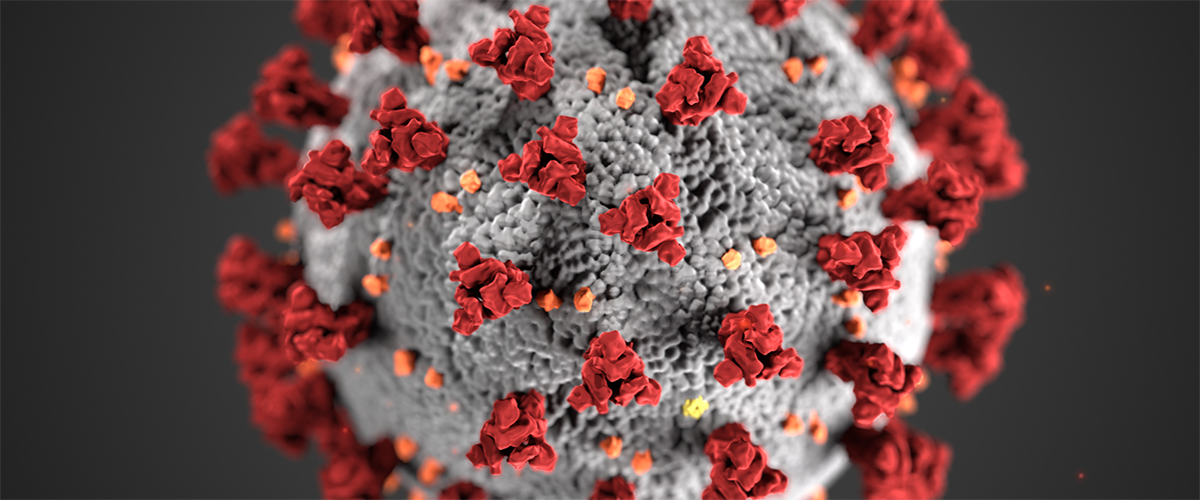Bail Data Analysis Jail Populations January 7, 2021
“I’ll bail you out”—we say that phrase so often it has become an idiom divorced from meaning. The concept of having to pay to secure your freedom has become so ingrained in American society that people rarely stop and ask “why?” This is America—you are innocent until proven guilty. On the eve of Labor Day weekend, when Americans celebrate the hard-fought victories of workers who organized for fair wages and safe working conditions, we must examine the for-profit, commercial bail bond system’s impact on today’s working families and ask why people presumed innocent remain incarcerated unless they give the court—or a for-profit bail bond company—their hard earned money.
This is a poignant question here in New Orleans. Long the most incarcerated city in the most incarcerated state in the most incarcerated country on this planet, our local jail population has come down from the post-Katrina high of 3,400. Yet we still incarcerate people in our jail at a rate twice the national average. As of today our local jail population is roughly 1,800. Of that number, approximately 1,400 are pretrial and presumed innocent.
The answer is obviously not to simply open the doors of the jail and let everyone out until their trial, but to determine who does not belong in jail pretrial. The U.S. Constitution mandates that an individual accused of a crime may only be incarcerated pretrial if they pose a flight risk, or are a danger to public safety if released.
Yet the commercial bail bond system does not align with the goal of detaining only those who pose such risks, nor does the long-held assumption that a person is less likely to flee if required to give the court something of value as collateral. What does the ability to pay have to do with a person’s risk to public safety? And what if he or she cannot afford the bond set for reasons that have nothing to do with risk, such as poverty? For those who cannot pay the full amount of their bond, the bail bond industry will front the money, in exchange for a nonrefundable fee, of course (usually ten percent of the total bail amount). The better question to ask may be: why should people’s freedom depend on their wealth?
The New Orleans Pretrial Services program (NOPTS), and similar service agencies in major cities all over the country, attempt to render those questions moot by establishing an objective screening system to determine a person’s risk of flight or threat level. A pretrial services agency typically screens every arrested person using factual, objective metrics, such as criminal history, employment history, family situation, the seriousness of the person’s charge, and other factors. This screening tool calculates a risk score the judge can then use to determine whether a person poses a risk and should be detained pretrial. Ability to pay never enters the equation.
It is critical to shift the presumption away from requiring arrestees to post a bond, and instead use an objective system to help determine actual risk. NOPTS helps the New Orleans criminal justice system, and the magistrate judge in particular, accomplish this.
The city is participating in the MacArthur Foundation’s Safety and Justice Challenge, and has set a goal of reducing the local jail population to fewer than 1,200 by 2018. Projections further out anticipate a possible reduction to 1,000 total detainees by 2020—an incarceration rate that would finally align New Orleans with the national average. But these reductions are only possible if New Orleans and its citizens take a step back and examine why the criminal justice system is the way it is, and whether we have erected barriers to pretrial release that siphon money out of working class communities for reasons that have no bearing on public safety.
NOPTS has already played a large role in reducing the pretrial jail population by providing fact-based assessments of risk. While NOPTS has been met with some resistance, there is momentum building for fairness and justice in our criminal justice system. As city leaders and the community become more aware of just how many poor people are held in jail for no other purpose than the profit of the bail bond companies at the cost of millions of dollars to taxpayers, more and more people will begin to ask: “why?”
This post originally appeared on the Vera Institute of Justice’s Current Thinking Blog.
Susan Guidry is the City Councilmember for District “A” and chair of the council’s Criminal Justice Committee.









